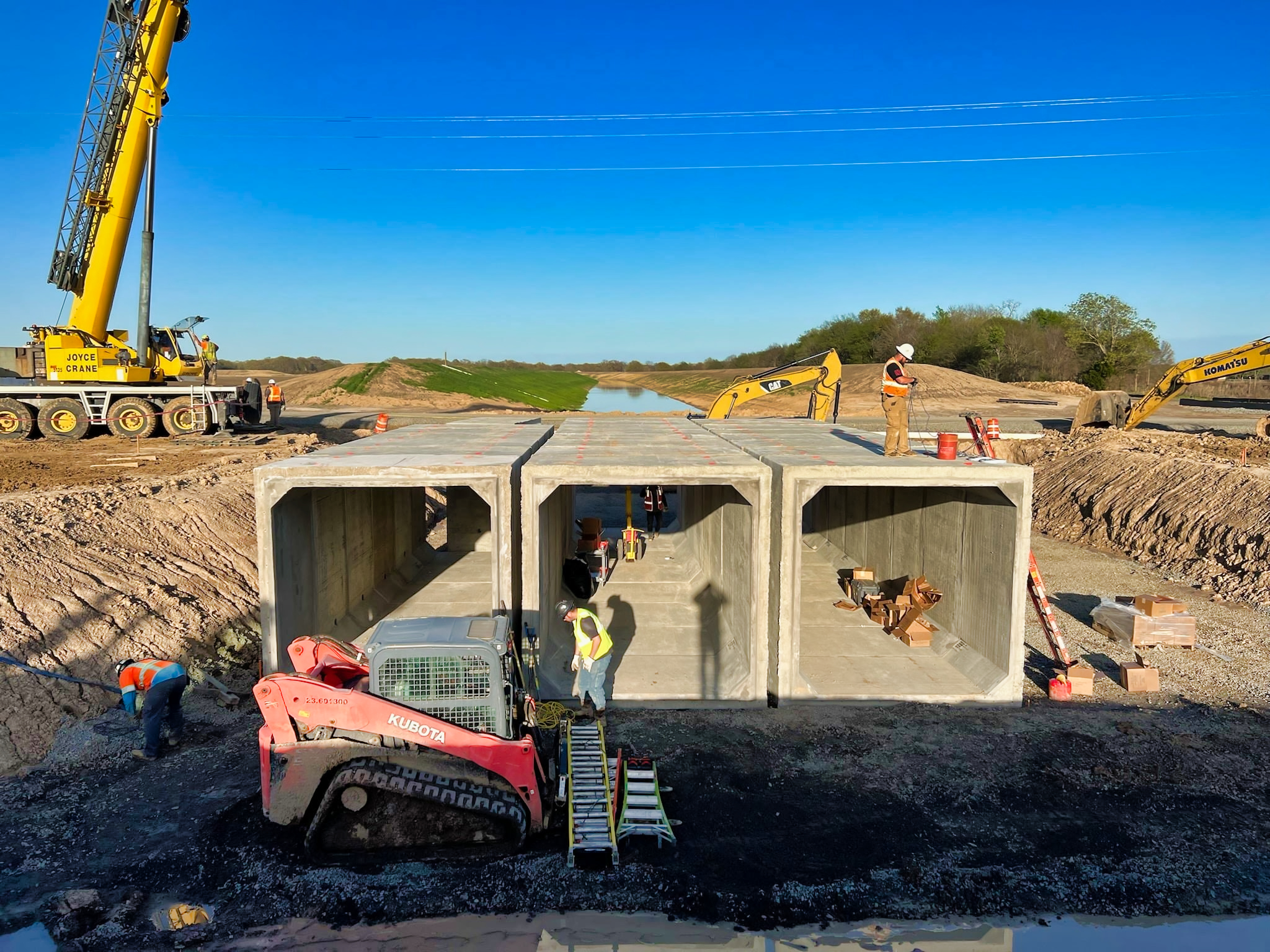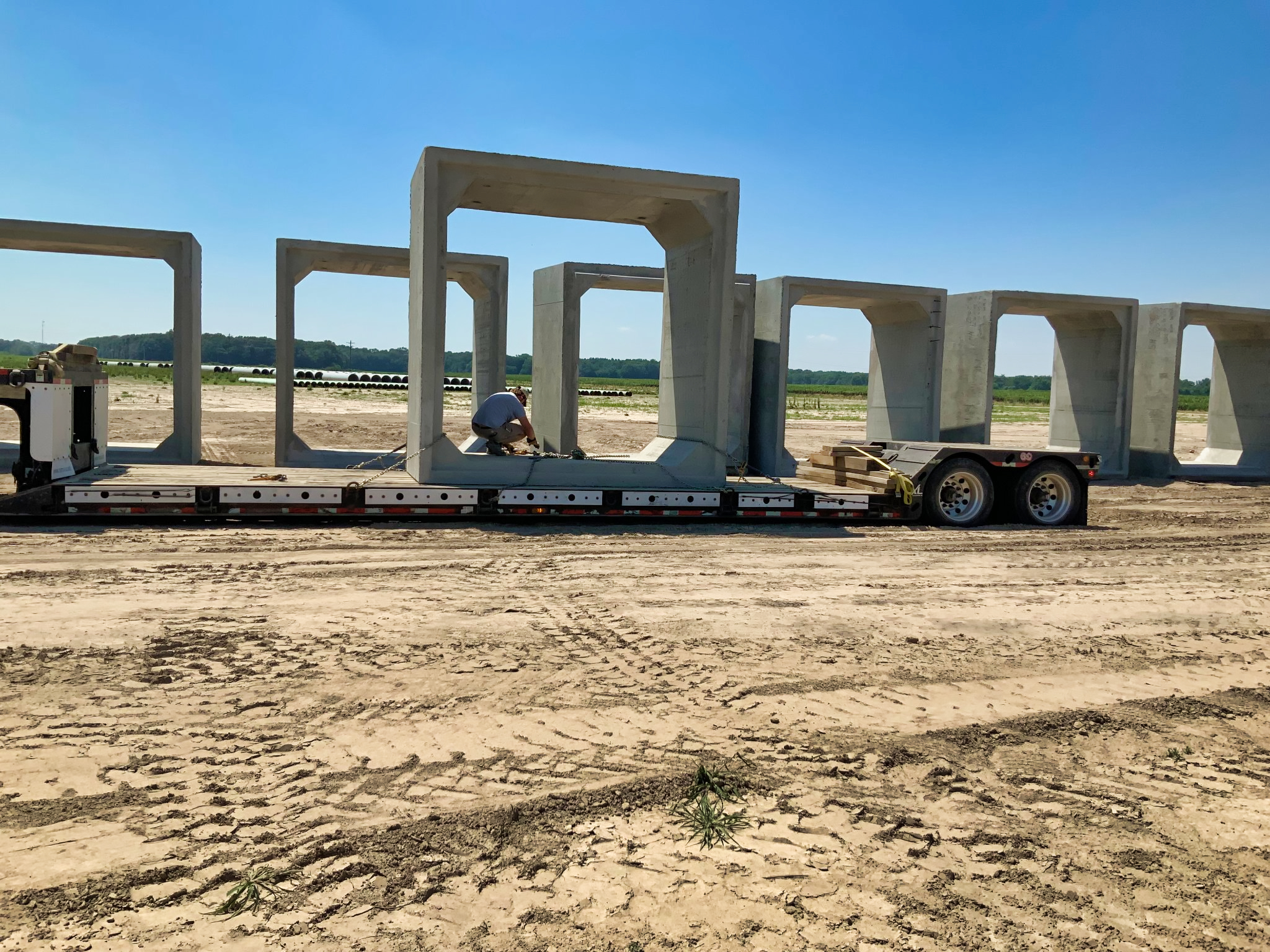Carmix for major irrigation system construction in Arkansas
Wondering how carmix can benefit a major irrigation system construction in Arkansas?
Let us tell you how.
Arkansas is a significant agricultural state in the United States, with agriculture playing a vital role in its economy and culture. The state’s diverse geography, fertile soil, and ample water resources contribute to its prominence as a major agricultural producer. Here are some key aspects of the agricultural side of Arkansas:
Arkansas is known for its crop production, with rice, soybeans, and cotton being some of the most important crops grown in the state. Rice is a particularly significant commodity, and Arkansas is consistently among the top rice-producing states in the country. Soybeans and cotton also contribute significantly to the state’s agricultural output.
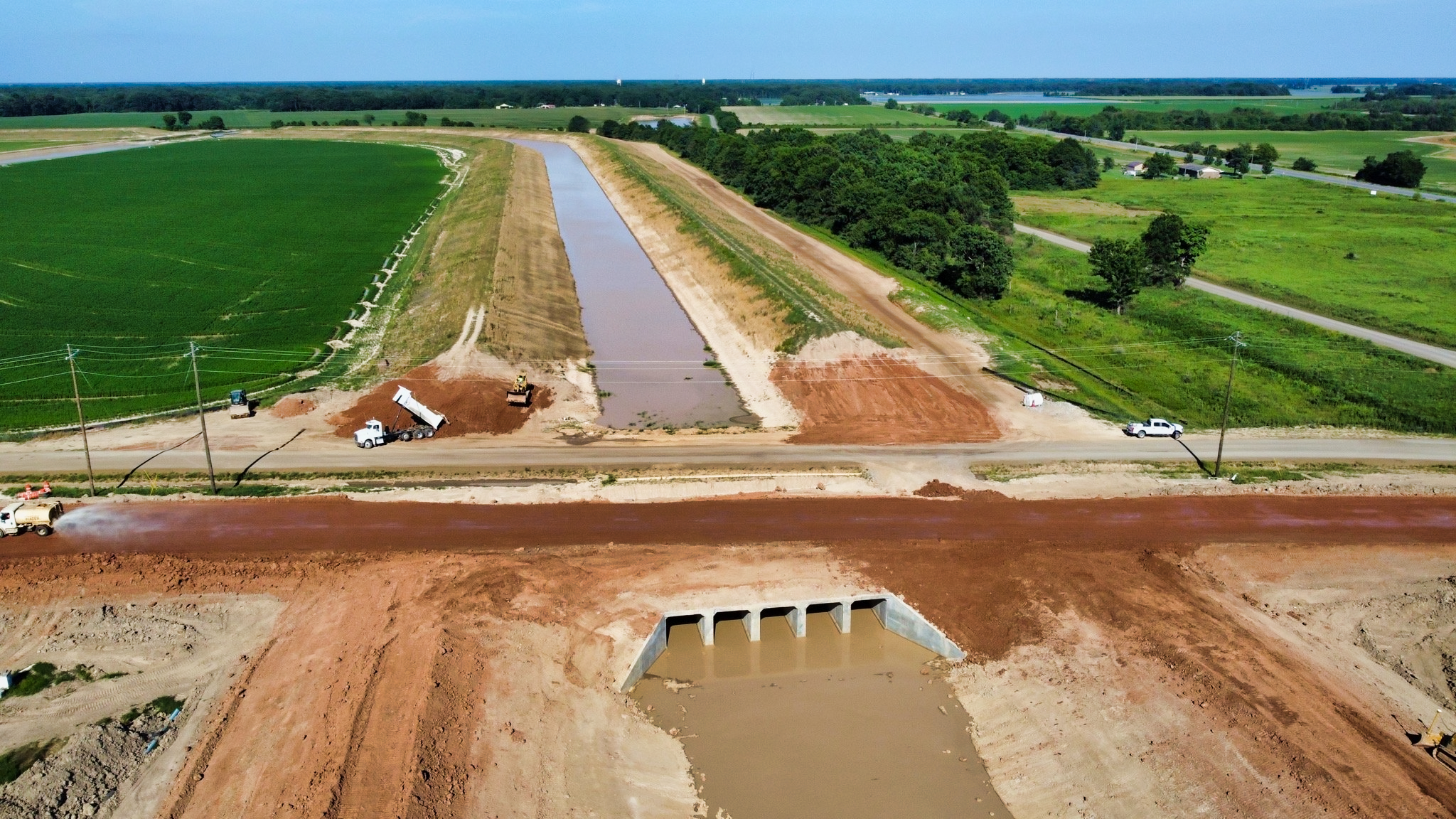
Poultry production is a major sector in Arkansas agriculture. The state ranks high in broiler chicken production, and it’s home to several poultry processing plants. Additionally, livestock farming, including cattle and swine, is an essential part of the state’s agricultural landscape.
Arkansas has substantial forest resources covering a significant portion of its land. The forestry industry is essential for timber production, wood products, and providing habitat for wildlife.
Arkansas has a strong presence in aquaculture, particularly in catfish farming. The state is one of the leading producers of farm-raised catfish in the United States.
Given its reliance on agriculture, the state heavily invests in irrigation systems to ensure efficient water usage and maximize crop yields.
This is exactly what our client is involved in: a major project that will last until the year 2032 to build hundreds of miles of irrigation canals and related infrastructure.
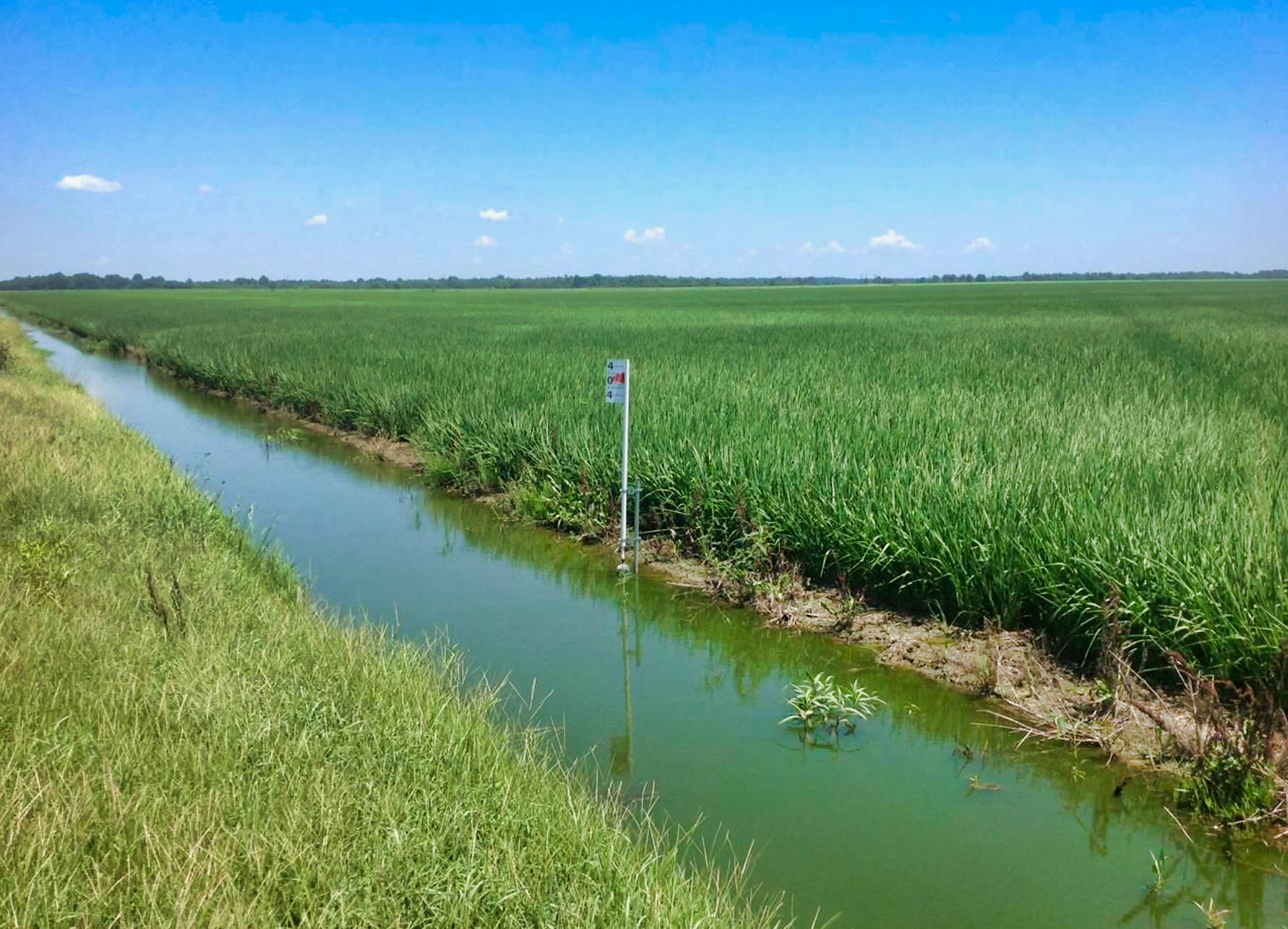
Grand Prairie Area Demonstration Project
The Grand Prairie Area Demonstration Project represents an interbasin transfer initiative aimed at addressing various water-related needs in eastern Arkansas. Originally conceived by the US Army Corps of Engineers’ Memphis District and given the green light by the US Congress in 1950, the project encompasses multiple objectives, including agricultural water supply, aquifer recharge, prairie and wetland restoration, water conservation, and waterfowl management.
Central to the project’s implementation is the extraction of water from the White River near DeValls Bluff, followed by its conveyance through pipelines and canals to the Grand Prairie region in Arkansas. The primary beneficiaries are farmers in Arkansas, Lonoke, and Prairie counties. The overarching goal is to alleviate the stress on the Alluvial and Sparta aquifers that underlie the Prairie, mitigating the need for extensive groundwater pumping.
In essence, the Grand Prairie Area Demonstration Project seeks to provide a sustainable water source for various essential purposes while simultaneously preserving and restoring natural ecosystems and habitats. By reducing reliance on groundwater, this initiative aims to secure a more balanced and environmentally responsible approach to water management in the region.

The project aims to address the water needs of farmers by drawing water from the White River, offering a more sustainable water source. This becomes crucial due to the declining levels in the alluvial and Sparta aquifers, which are essential for agricultural, municipal, and industrial purposes.
Authorities emphasized the significance of providing farmers with an affordable and reliable water source, as the underground aquifers have finite reserves. To support the project, the U.S. Department of Agriculture’s Natural Resources Conservation Service invested $35.6 million in July 2020.
The Grand Prairie Irrigation Project is designed to serve farms across approximately 250,000 acres in Arkansas, Lonoke, Monroe, and Prairie counties. The first phase of the project is already underway, funded by a $26 million loan from the Arkansas Water, Waste Disposal, and Pollution Abatement Facilities General Obligation Bond Fund.
The first segment of the primary canal system, which will cover around 40,000 acres, is scheduled to be completed by spring 2025. The entire project will be executed in six phases of equal size and time commitment, with an estimated completion date around 2032. However, securing funding for the subsequent phases remains a significant challenge.
Project Director and Chief Engineer, Dennis Carman, stressed the project’s crucial role in transitioning from unsustainable groundwater pumping to surface water usage. By adopting surface water resources, farmers can continue rice and soybean farming, ensuring agricultural sustainability.
Carman highlighted the affordability of the project, which will provide water to Grand Prairie farmers at approximately $53 per acre foot. Compared to water costs from the Sparta aquifer at $120 per acre foot and alluvial wells at $40 per acre foot, the project proves to be a cost-effective and sustainable solution.
Carmix
In the pursuit of excellence and efficiency, the Grand Prairie Area Demonstration Project sought the best possible solution for precast forms construction as well as other concrete works, and Carmix emerged as the ideal choice. With its innovative approach and advanced technology, Carmix demonstrated its capabilities in meeting the unique needs of the project and proving its worth as the ultimate solution for onsite concrete production and precast forms pouring.
Carmix’s versatility played a pivotal role in making it the preferred option for the project. Its ability to handle a wide range of materials, including concrete mixes, aggregates, and cement, made it suitable for various construction requirements within the Grand Prairie Area Demonstration Project. Whether it was large-scale precast forms or smaller, intricate components, Carmix adapted effortlessly, ensuring seamless and efficient construction processes.
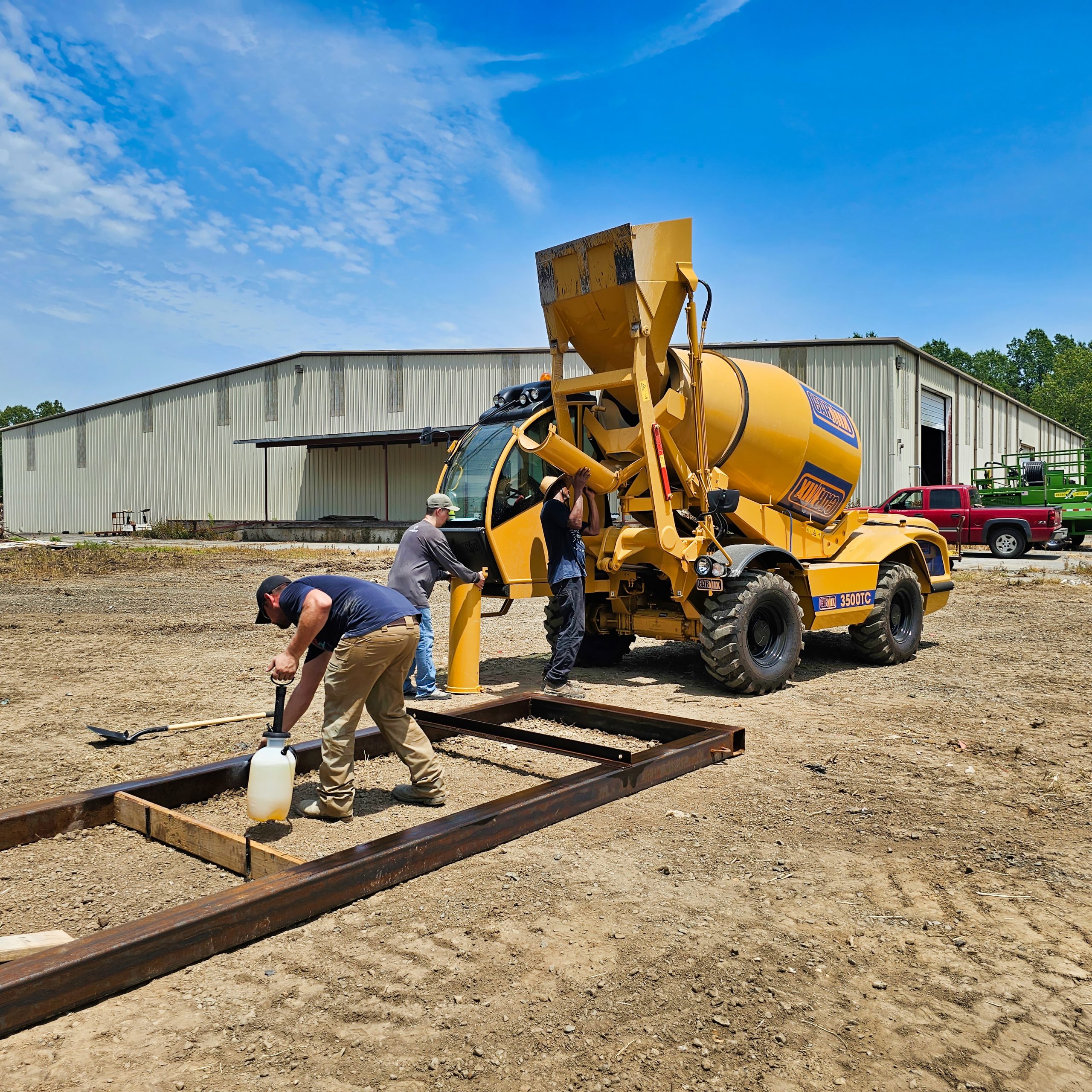
With the Grand Prairie Project aiming for optimal time and cost efficiency, Carmix delivered on both fronts. Its self-loading feature enabled rapid batching and mixing of concrete, eliminating the need for separate loading and transporting equipment. This significant time-saving advantage, combined with reduced labor requirements, translated to cost savings, benefiting the overall project budget.
Carmix’s compact design and self-maneuverability allowed it to operate smoothly within the project site, even in confined spaces. This on-site mobility meant that the construction team could access different areas easily, ensuring a smooth and continuous workflow without disruptions.

Precise and Consistent Mix: The Grand Prairie Project demanded high-quality precast forms, and Carmix delivered precision and consistency in the mix. Its automated batching system and self-loading capability contributed to a uniform blend, ensuring the structural integrity and durability of the precast elements.
As sustainability remains a priority in modern construction projects, Carmix aligned perfectly with the Grand Prairie Area Demonstration Project’s commitment to environmental stewardship. Its fuel-efficient and low-emission design reduced the project’s carbon footprint, demonstrating a responsible approach to construction.
Carmix’s reputation for reliability and consistent performance further solidified its position as the best possible solution for precast forms construction. The project’s stakeholders could count on Carmix to deliver results consistently and efficiently throughout the duration of the construction process.
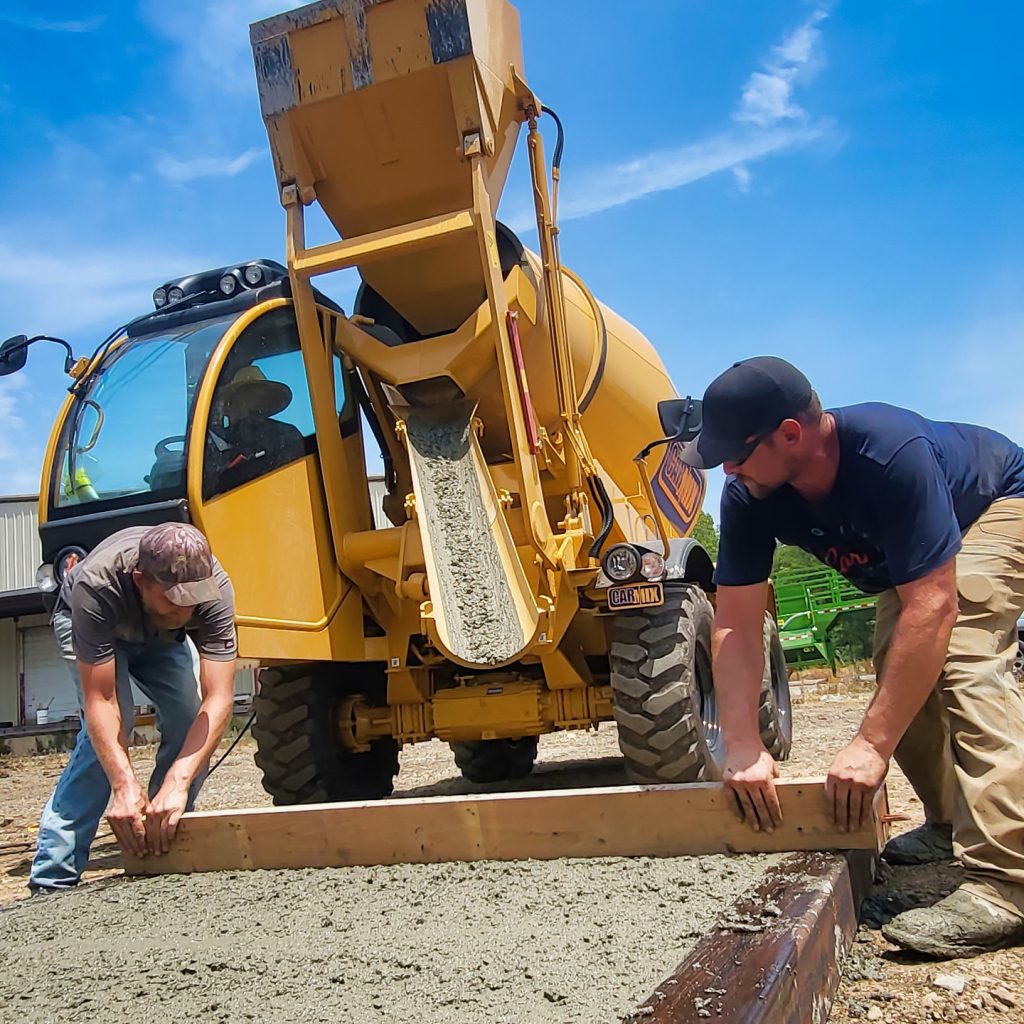
Currently, the primary focus is on concrete production for nearly 400 special precast forms to be installed beneath road crossings over the irrigation canals, providing farmers access to their land.
Each precast form will require approximately 10 cubic yards of 4000 psi concrete. Carmix is responsible for producing the concrete, ensuring it meets the highest strength parameters and maintains a stable slump between 3-4 inches. On-site testing of the concrete and slump will be regularly organized to ensure the final product can withstand heavy loads and exhibit exceptional durability.
The initial task for Carmix involves producing 4000 cubic yards of 3500-4500 psi concrete and pouring it into the forms. With an average output of 50-70 cubic yards per day, this process is expected to take approximately 3-4 months.
After all the forms are poured and installed in place, there is more work on concreting the pathways along the irrigation canals, so Carmix would surely be helpful throughout the duration of the project.
Mix design used for this project is:
1 Cubic Yard 3500 psi
Water – 210 lb.
Cement – 550 lb.
Sand – 1470 lb.
Gravel – 1640 lb.
